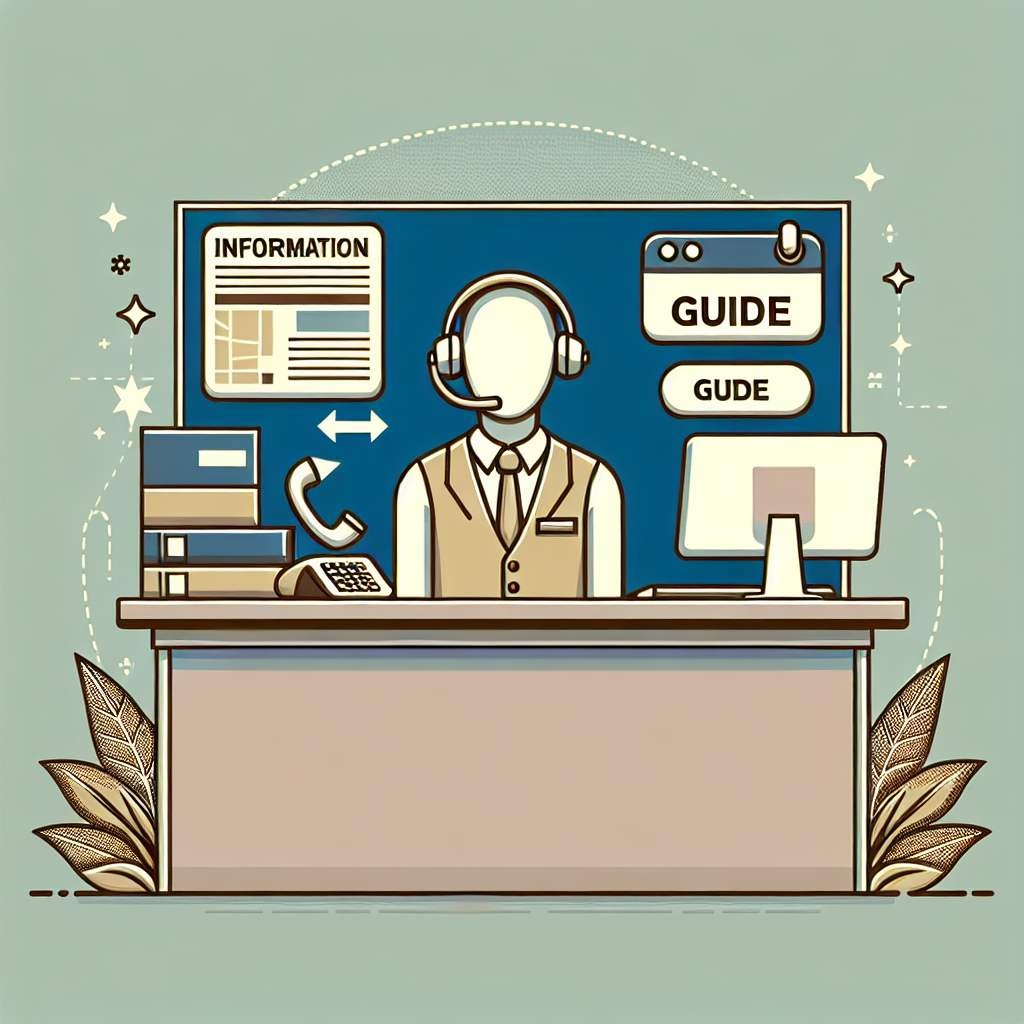The Ultimate Guide to Setting Up an Effective Help Desk
Setting up an effective help desk is crucial for any business looking to provide excellent customer service and support. A well-functioning help desk can streamline communication, resolve issues quickly, and ultimately improve customer satisfaction. In this ultimate guide, we will outline the key steps and best practices for setting up an effective help desk.
1. Define your goals and objectives: Before setting up a help desk, it’s important to clearly define your goals and objectives. What do you hope to achieve with your help desk? Are you looking to improve response times, increase customer satisfaction, or reduce support costs? Clarifying your goals will help you determine the structure and processes needed for your help desk.
2. Choose the right help desk software: The first step in setting up an effective help desk is selecting the right help desk software. There are many help desk solutions available, each with its own features and capabilities. Look for a software that is user-friendly, customizable, and integrates well with your existing systems. Some popular options include Zendesk, Freshdesk, and Desk.com.
3. Create a knowledge base: A knowledge base is a central repository of information that can help both customers and support agents find answers to common questions. By creating a knowledge base, you can reduce the number of repetitive inquiries and empower customers to find solutions on their own. Make sure to regularly update and maintain your knowledge base to ensure accuracy.
4. Establish clear communication channels: Effective communication is key to a successful help desk. Make sure to offer multiple communication channels for customers to reach out, such as phone, email, live chat, and social media. Additionally, set clear expectations for response times and availability to manage customer expectations.
5. Train your support team: Your support team is the backbone of your help desk, so it’s crucial to invest in their training and development. Provide comprehensive training on the help desk software, customer service best practices, and product knowledge. Encourage ongoing learning and feedback to continuously improve your support team’s performance.
6. Monitor and analyze performance: Setting up key performance indicators (KPIs) is essential for measuring the effectiveness of your help desk. Track metrics such as response time, resolution time, customer satisfaction, and ticket volume to identify areas for improvement. Regularly review performance data and make adjustments as needed to optimize your help desk operations.
7. Seek feedback and continuously improve: Finally, don’t forget to seek feedback from both customers and support agents to identify areas for improvement. Use surveys, customer feedback forms, and performance reviews to gather insights and make data-driven decisions. Continuously iterate and improve your help desk processes to provide the best possible support experience for your customers.
In conclusion, setting up an effective help desk requires careful planning, the right tools, and a commitment to continuous improvement. By following the steps outlined in this ultimate guide, you can create a help desk that enhances customer satisfaction, streamlines support processes, and ultimately drives business success.


